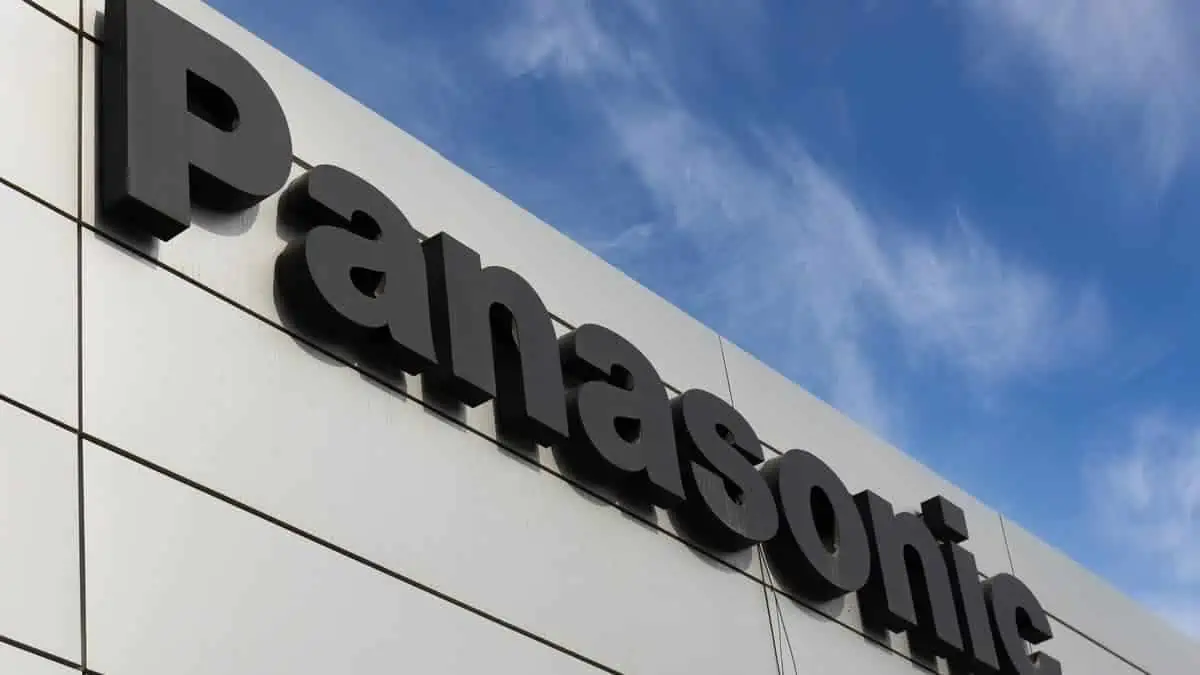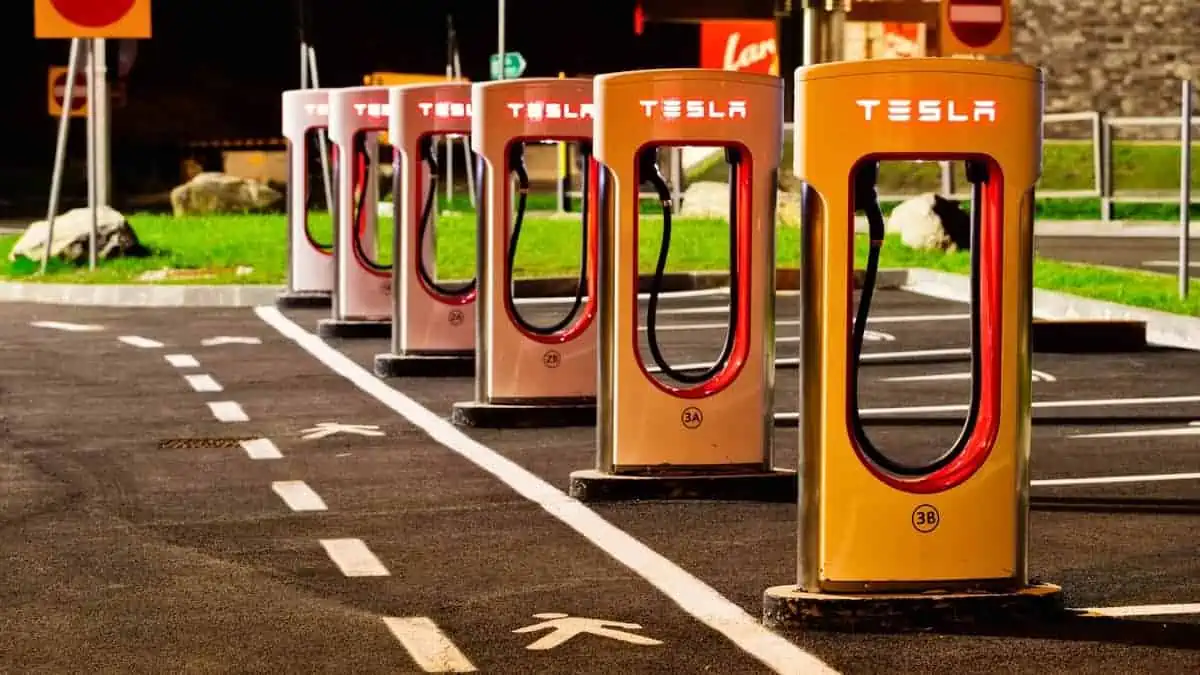Tesla’s longtime battery supplier Panasonic has announced plans on May 10 to delay the 4680 cells commercial production, which is essential for the electric automaker’s manufacturing ramp-up.
In hindsight, the Japanese tech giant initially planned to start the 4680 cell mass production from April 2023 to March 2024.
However, Panasonic’s latest announcements indicated on its Fiscal 2023 Financial Results presentation imply plan changes. It will now apparently begin mass production from April to September 2024.
“Mass production rescheduled to begin during 1H FY3/25 to introduce performance improvement measures that will further enhance competitiveness.”
Panasonic
Unfortunately, the Japanese battery maker did not elaborate on its reasons for rescheduling the 4680 cells’ commercial production. However, it hinted that the delay would aid them in enhancing the Musk-championed battery type performance.
Tesla bets on 4680 battery cells
Although Tesla’s expected 4680 battery cell supply from Panasonic was delayed, the automaker is already producing them internally.
Apparently, the next-gen batteries are now equipped with the Giga Texas-made Model Y AWD base model.
This battery cell development is indeed crucial for the automaker as it is expected to open the doors for cheaper EV production.
That said, it is no wonder Tesla seems to be placing much confidence in its 4680 cell production initiatives.
Giga Texas and Fremont Factory were churning out enough 4680 battery cells each week to power over 1,000 vehicles as of the end of 2022. Although the 4680 cell production has reached a significant milestone, it is still far from meeting the company’s objectives.
See Also:
- Tesla adds more Model Y Standard Range AWD with 4680 battery cells to its inventory
- Tesla confirms 1,000/week production rate of its 4680 battery cell
- Tesla’s ramping 4680 battery cell difficulties detailed by experts
- Tesla’s ramping 4680 battery cell difficulties detailed by experts
- Tesla boasts plans to cut vehicle production costs in half
Tesla needs to further increase its access to next-gen battery cells to achieve its target of 20 million-unit production per year by the decade’s end.






